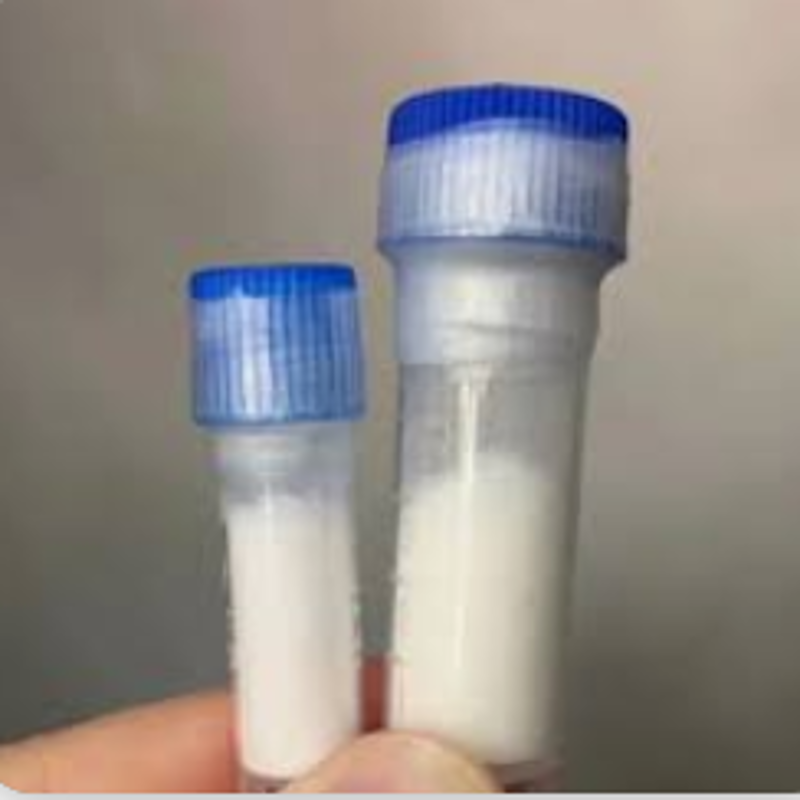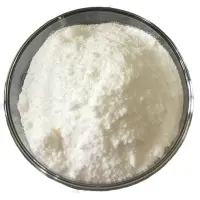-
Categories
-
Pharmaceutical Intermediates
-
Active Pharmaceutical Ingredients
-
Food Additives
- Industrial Coatings
- Agrochemicals
- Dyes and Pigments
- Surfactant
- Flavors and Fragrances
- Chemical Reagents
- Catalyst and Auxiliary
- Natural Products
- Inorganic Chemistry
-
Organic Chemistry
-
Biochemical Engineering
- Analytical Chemistry
-
Cosmetic Ingredient
- Water Treatment Chemical
-
Pharmaceutical Intermediates
Promotion
ECHEMI Mall
Wholesale
Weekly Price
Exhibition
News
-
Trade Service
Transcriptomic analysis to reveal genes associated with selective hippocampal susceptibility in Alzheimer's disease
READING
Alzheimer's disease (AD)
Alzheimer's disease (AD) is a multifactorial neurodegenerative disease characterized by the abnormal accumulation of two misfolded proteins, tau and beta amyloid (Aβ)
Aβ deposition is the result of enzymatic cleavage of the amyloid precursor protein, while abnormal accumulation of tau protein is due to post-translational modification that results in the disruption of tubulin stability
It can be seen that two characteristic proteins with distinct depositional trajectories in AD brain are both present in the limbic system, especially the hippocampus, before embarking on their distinct neuroanatomical journeys
Therefore, the team of Professor Melissa E.
This study found that Aβ plaque pathology can be used to predict and rarely deviate from the order of amyloid deposition found by Thal et al
Brain tissue typical of AD shows Braak staging of neurofibrillary tangles in a depositional sequence that involves both cortex and hippocampus
Given the differences in neuropathological and clinical information between different subtypes of AD found so far, the team proposed a hypothesis that different classifications of the disease spectrum may reveal transcriptome alterations that suggest hippocampal region selection in AD causes of sexual susceptibility
Figure 1.
1.
The specific process of the study is shown in Figure 1
Analyzing the RNA data from both groups separately, the team found that most genes were down-regulated in typical AD (compared to controls) and borderline-involved AD (compared to hippocampal-protective AD)
Figure 2.
2.
In order to further explore the expression of genes with strong correlation with AD neuropathology and cognition, the team sorted the differential expression of the differential genes obtained above between groups
To put it simply, the expression of genes is sorted in 4 groups, if it is consistent with the up-regulated expression in the order of control group - hippocampal protective AD group - typical AD group - marginally involved AD group (such as SIRT1) Or down-regulated expression in the order of borderline involvement AD group-typical AD group-hippocampal protective AD group-control group (such as PSEN2) is called a unidirectional gene expression change and can be used for subsequent analysis
3.
The team used random forest analysis to screen for genes that could be used to predict hippocampal susceptibility in AD; found that SERPINA5, RYBP, SLC38A2, FEM1B and PYDC1 could well distinguish AD from controls, however only SERPINA5 was found in representative AD groups and Predictive in the extreme AD group, this gene was the second-ranked predictor in the representative AD group, the third in the extreme AD group, and the first overall
.
4.
The serine protease inhibitor SERPINA5 can act as an interacting factor of tau protein
To verify the correlation of SERPINA5 with disease, the team first analyzed the differential expression of this gene in AD, and the results showed that SERPINA5 is upregulated in AD
.
The study further found that SERPINA5 co-localized with neurons with tau pathology in the hippocampus of typical AD, and the gene showed a unidirectional increase trend in the order of hippocampal protective AD group-typical AD group-limbic-involved AD group
.
At the same time, with the gradual maturation and deposition of neurofibrils, SERPINA5 also changed from dispersive to aggregated and scattered in tau-positive neuritic plaques
.
(image 3)
Figure 3.
SERPINA5 is expressed in neurofibrils and neuritic plaques as an interactive primer for tau
5 Conclusion:
The study used neuropathology translation methods for gene sequencing, combined with machine learning, tried to find the expression changes of related genes in the disease process, and finally found some key proteins related to hippocampal susceptibility in the pathogenesis of AD.
At the same time, it was found that SERPINA5 is associated with tau proteins interact with each other
.
The team believes that in the era of big data, the combination of human disease database mining and machine learning methods with functional verification in multiple aspects can help to discover candidate genes or proteins closely related to diseases, which may control or prevent further disease progression.
deterioration and progress
.
Compiler: The original beautiful girl (Brainnews creative team)
Compiler: Xiaoyan (Brainnews creative team)
Reviewer: Simon (Brainnews Editorial Office)
references
Crist AM, Hinkle KM, Wang X, et al.
Transcriptomic analysis to identify genes associated with selective hippocampal vulnerability in Alzheimer's disease.
Nat Commun.
2021;12(1):2311.
Published 2021 Apr 19.
doi:10.
1038/s41467-021 -22399-3







